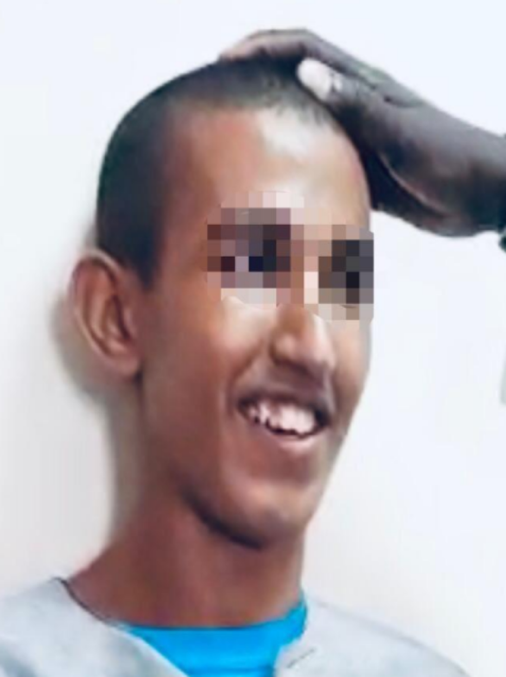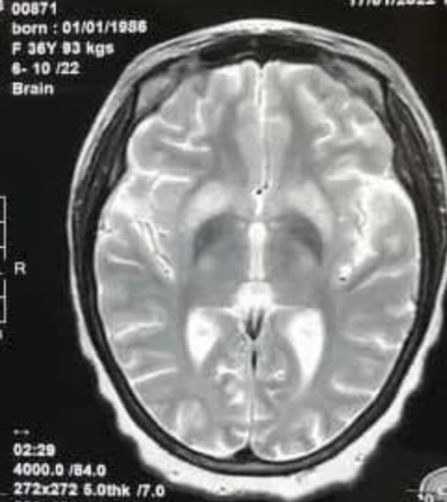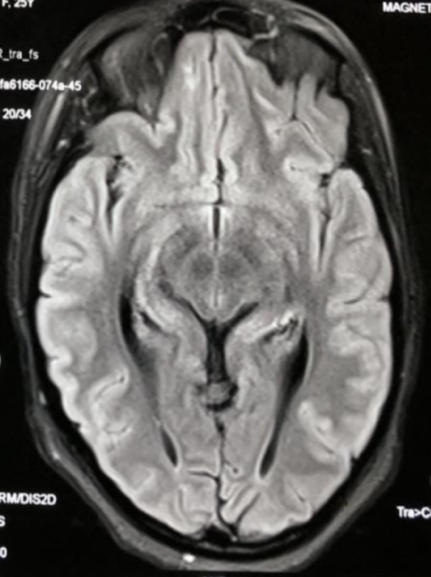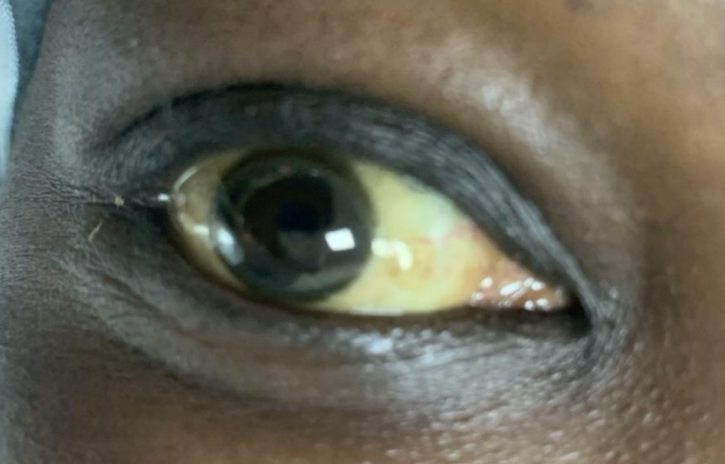Category: Rare Genetic and Metabolic Diseases
Objective: The aim of this study is to describe the epidemiological, diagnostic, therapeutic and evolutionary characteristics of Wilson’s disease and to highlight the diagnostic and management difficulties in a developing country.
Background: Wilson’s disease is a rare, hereditary, autosomal recessive and treatable disorder. It is not sufficiently well described in sub-Saharan Africa, where the few publications in the literature are limited to rares reported cases. During a weekly specialist outpatient clinic on movement disorders at Pikine National Hospital Centre, we became aware of the relative frequency of parkinsonism in young subjects. Thus, their follow-up often revealed Wilson’s disease. This motivated this study to shed light on this disease, described as rare in our region.
Method: We conducted a 25-month prospective and descriptive study from August 2021 to September 2023 at Pikine National Hospital Centre based on the scoring system (Ferenci score) for the diagnosis of Wilson’s disease.
Results: The hospital incidence rate was 2.47/1000. It was predominantly female, with a sex ratio of 0.4. The mean age was 33.4 years. Consanguinity was found in 3 of our patients (42.8% of our series).
The mean time to diagnosis was 10.4 months. Tremor was present in 85% of our patients, dystonia in 42.8% with sardonic smile (Image 1), dysarthria in 42.8%, pyramidal syndrome in 28.5%, psychiatric disorders in 42.8% of patients. Hepatic signs accounted for 14.2%. MRI revealed localized hypersignals in the lenticular and cerebellar peduncle in 1 case and in the basal ganglia, predominantly in the putamen in two cases (Image 2). One patient had a giant panda face appearance (Image 3). Cupruria was high in 80% of patients. Cupremia was low in two patients. Ceruloplasmin levels were low in two patients. The KF ring was found in five patients (Image 4).Six patients had benefited from the combination of D-penicillamine and zinc. All patients had done physiotherapy. One patient received periodic botulinum toxin injections. The course of treatment was favorable, with regression of neuropsychiatric signs in 72% of our patients, stationary in 14% and unfavorable in 14%.
Conclusion: Wilson’s disease is a rare disorder, which is difficult to diagnose and manage in developing countries. Improved diagnostic aids could lead to a better understanding of this disease.
Sardonic smile
Symmetrical T2 hypersignals in the basal ganglia
“giant panda face”
Kayser Fleisher ring
To cite this abstract in AMA style:
M. Fall, A. Diop, J. Kahwagi. Wilson’s Disease : A Senegalese Series of Seven Patients Followed at Pikine National Hospital Centre (Dakar-Senegal) [abstract]. Mov Disord. 2024; 39 (suppl 1). https://www.mdsabstracts.org/abstract/wilsons-disease-a-senegalese-series-of-seven-patients-followed-at-pikine-national-hospital-centre-dakar-senegal/. Accessed April 15, 2025.« Back to 2024 International Congress
MDS Abstracts - https://www.mdsabstracts.org/abstract/wilsons-disease-a-senegalese-series-of-seven-patients-followed-at-pikine-national-hospital-centre-dakar-senegal/




